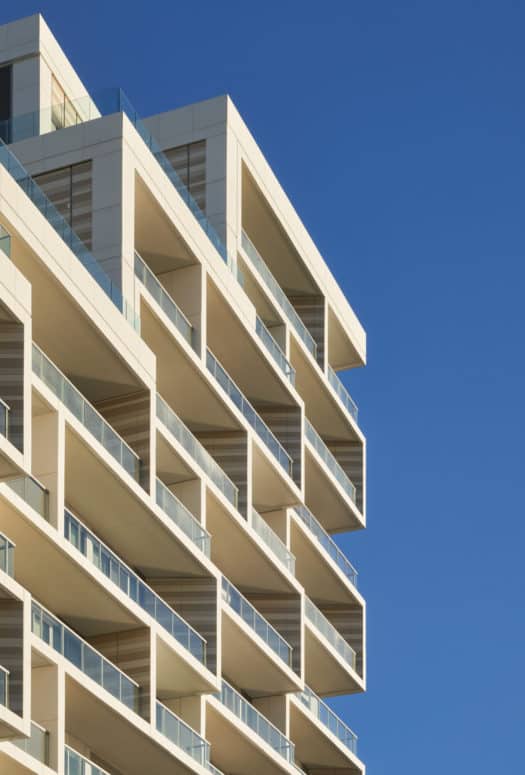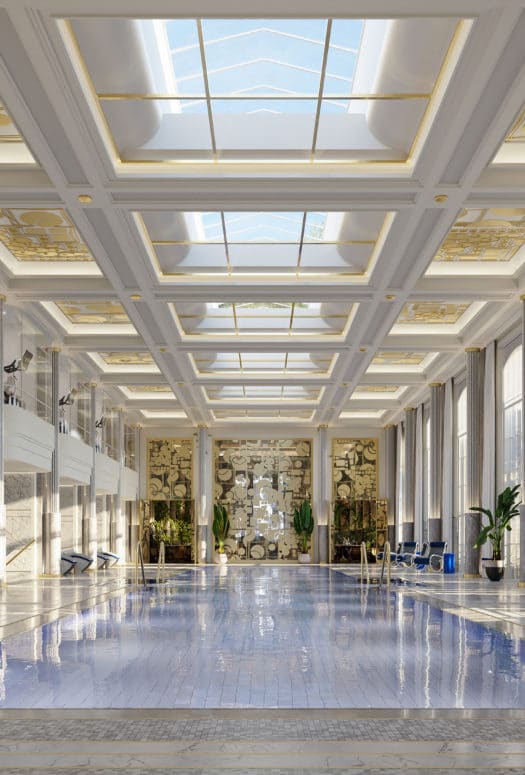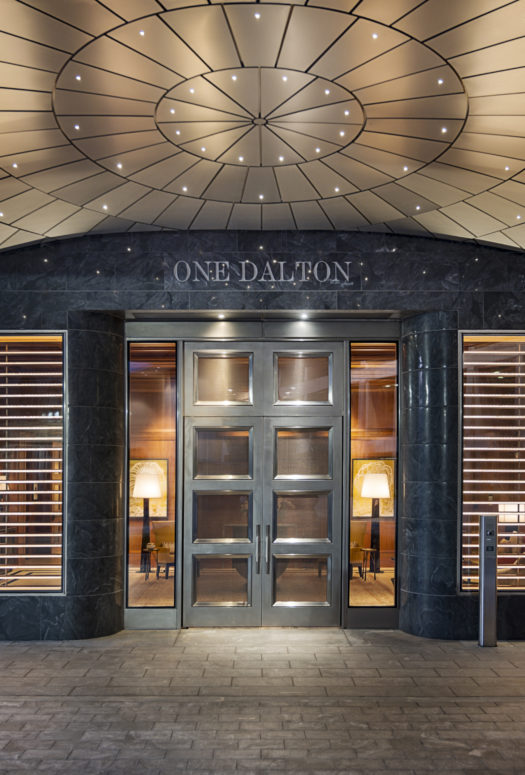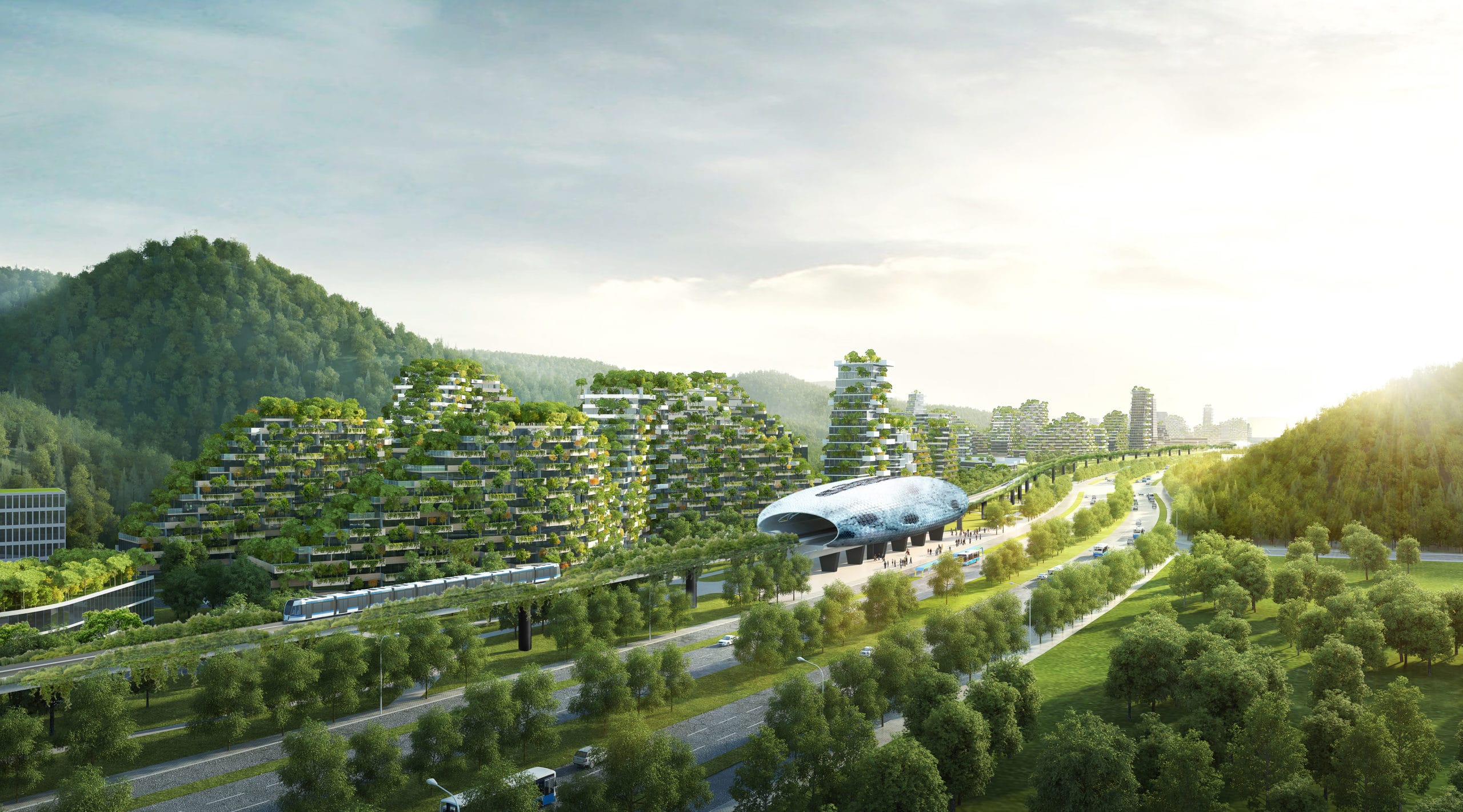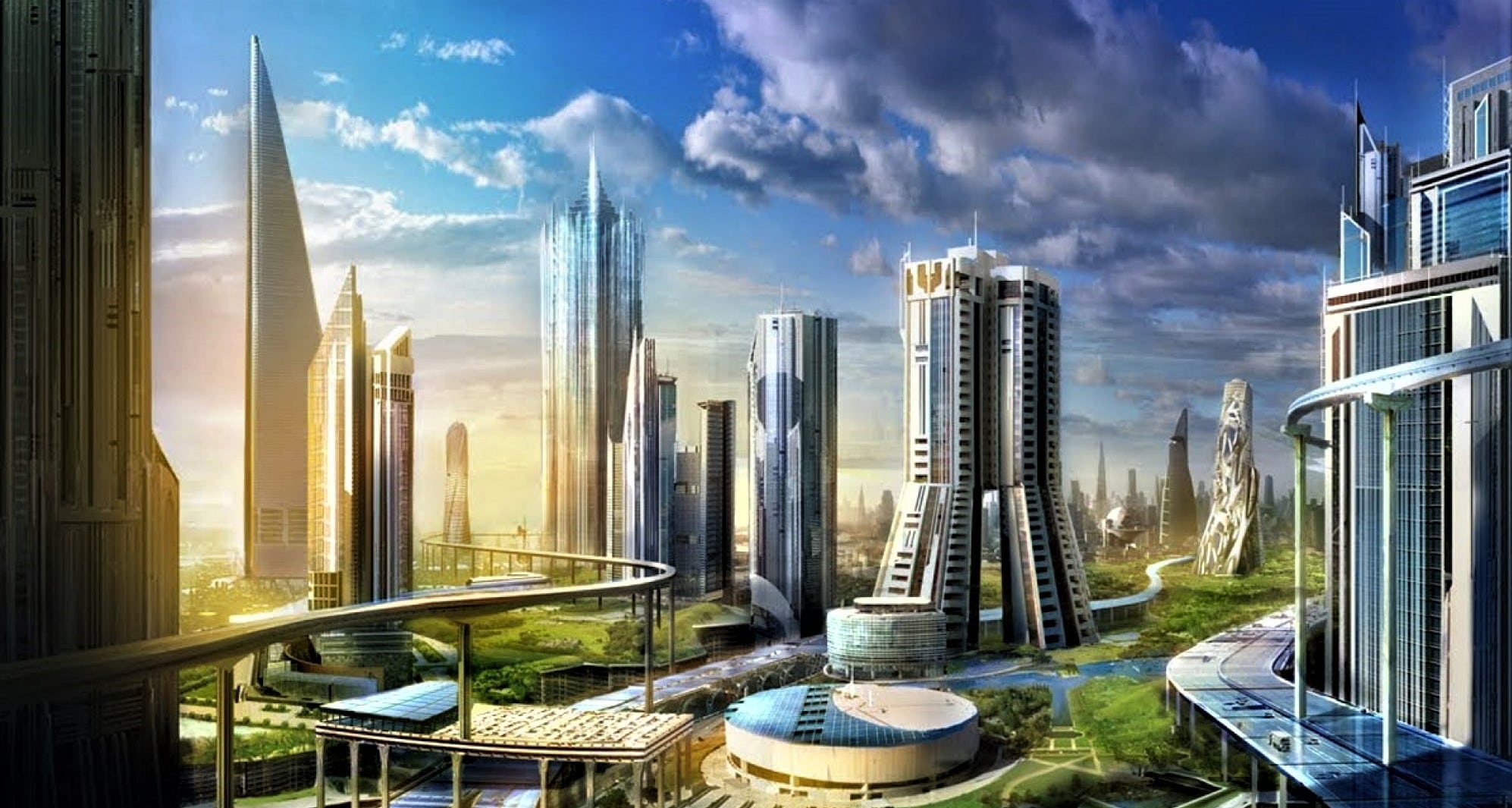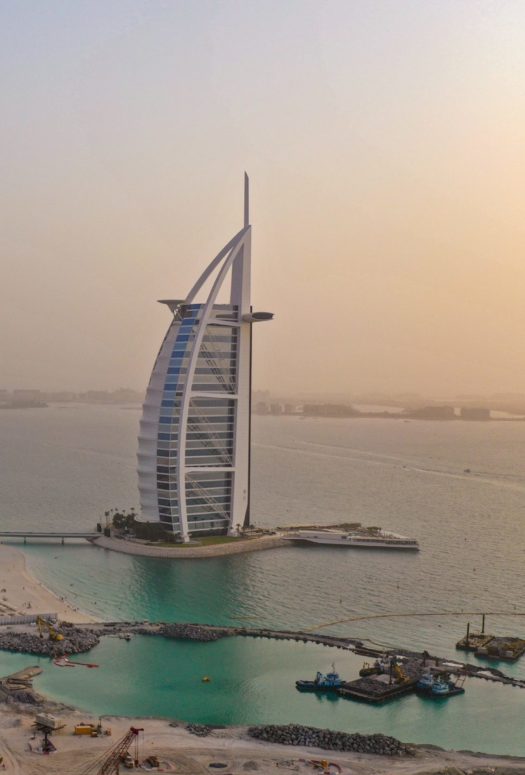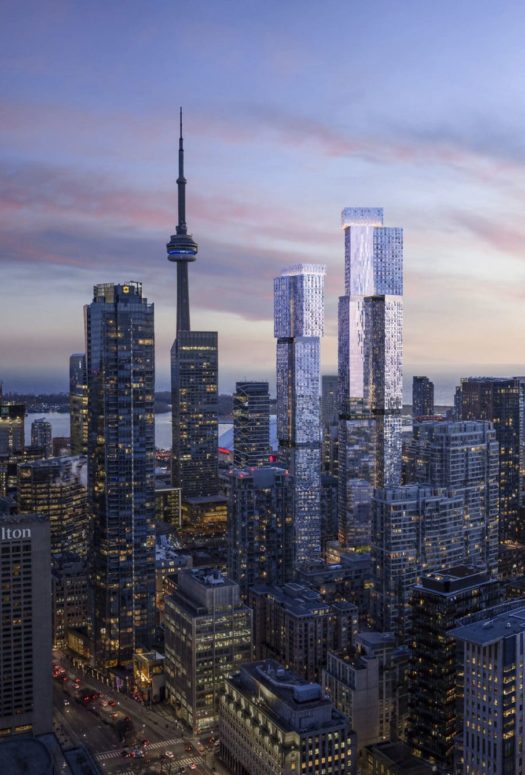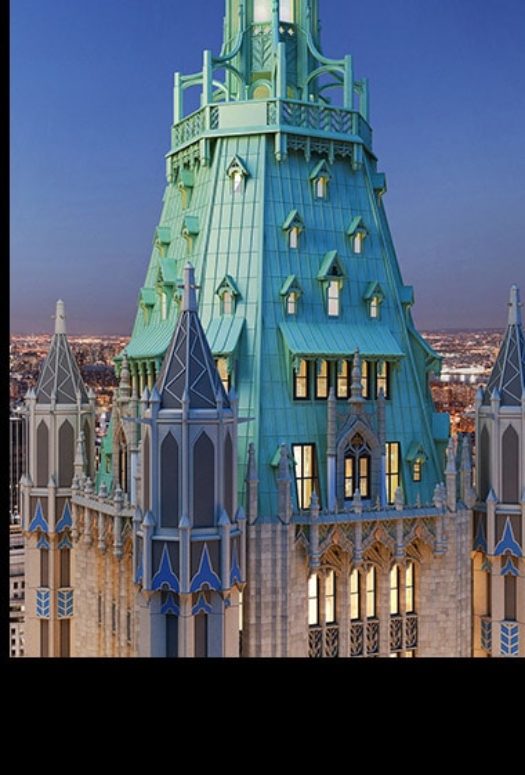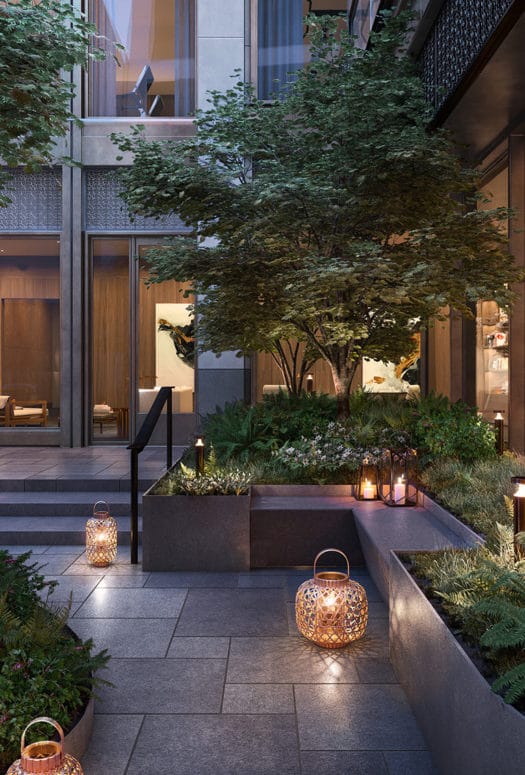Five Futuristic Metropolises That Could Redefine City Life
By: LX Collection
The United Nations projects that 68% of the world’s population will live in urban areas by 2050. This statistic, as well as the specter of climate change, undergirds the need for cities that are healthier places for both their residents and the planet. Urban design is a means for us to create a more perfect future, with a handful of visionaries around the globe actively planning more sustainable and technologically advanced places to work and live. The goal for many of these developers is to build a community that can show what might be possible in a more radically eco-conscious future, and to use the technological innovations of the last few decades to help foster social change.
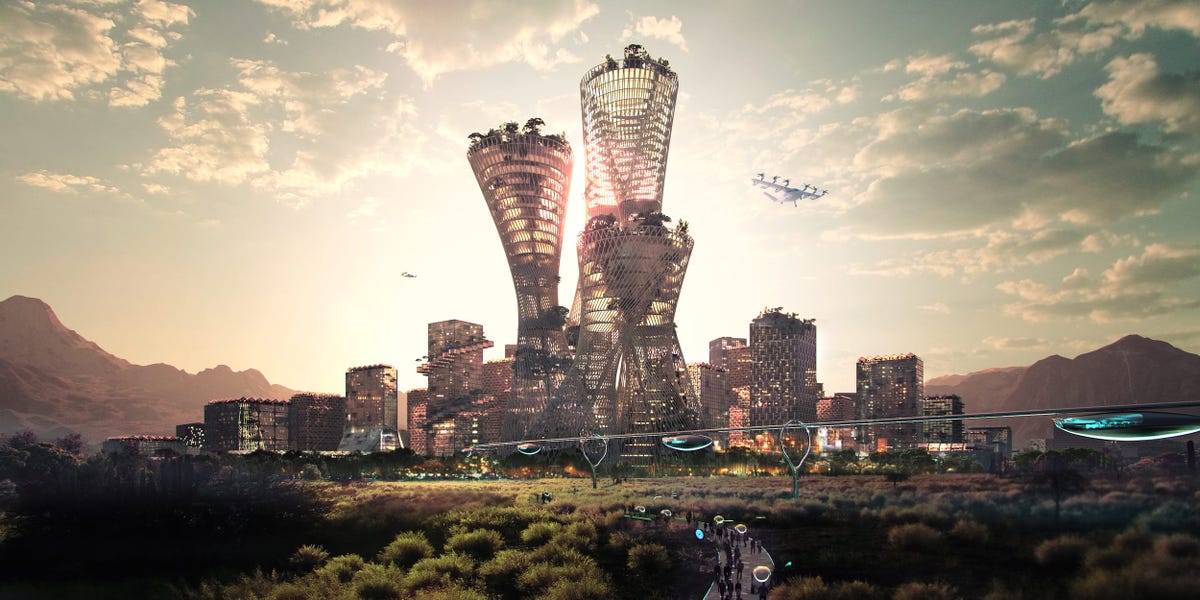 Photo Credit: Telosa
Photo Credit: Telosa
Former Walmart U.S. e-commerce CEO Marc Lore was directly inspired by Henry George’s Progress and Poverty, as well as the idea of running a city as he would a business, when conceiving Telosa. The model for Telosa seeks to explore the possibilities of capitalism as they were once envisioned. Specifically, Lore wants to experiment with having residents of Telosa own a stake in the land, as employees would own shares at an internet business startup. In this way, the growth of the land value would directly enrich each resident.
Telosa—still very much in the early planning stages—is envisioned for a yet-to-be-determined United States desert region. If the early plans hash out, the city will run on renewable energy and employ a water system that stores and cleans reusable water. Autonomous cars will be used to make streets safer, and all residents will be offered a high-quality education. Perhaps the city’s defining characteristic is “Equitism,” a term Lore coined to encapsulate his idea that if each resident has a literal stake in the land, the land and the people will grow together.
If Italo Calvino had written a blueprint for an actual city in Invisible Cities, his book of metaphorical metropolises, it might have been Liuzhou Forest City, China, with its buildings doubling as towering gardens worthy of the Italian writer’s poetry of architecture. Currently under construction, it’s a city designed to be covered in greenery. The houses, schools, office buildings, hotels, and other structures will offset carbon emissions with living, breathing plants. As magical to behold as it is eco-friendly, it’s one of the first places on Earth to break down the divide between the urban and the natural world in such a dramatic way.
In the hands of Stefanie Boeri Architetti, the commission for the city is largely inspired by Milan’s Vertical Forest, also designed by Boeri, which will include over 40,000 trees and more than a million plants culled from 100 different species. A railway system and a roadway created for electric cars will connect the city to the center of Liuzhou. The city is a technological innovation that shares an ecosystem with nature, and will be as revolutionary as it is beautiful.
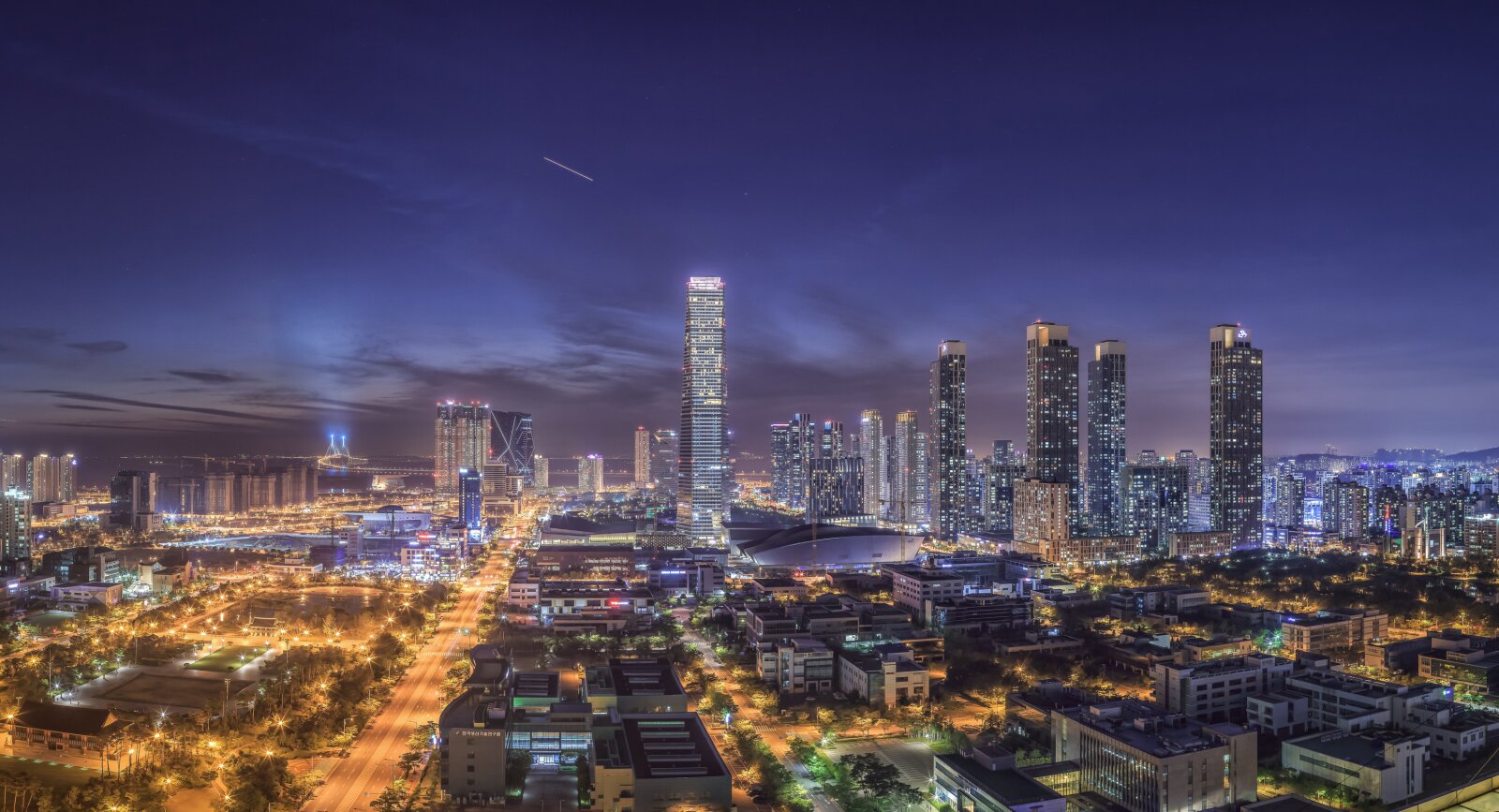 Photo Credit: KPF
Photo Credit: KPF
Songdo is a smart city in South Korea that is already home to 167,000 residents and counting. The streets are lined with sensors that record energy use and traffic flow so that these factors can be continually improved. For garbage disposal, each residence connects to a tube system that carries waste to a plant where it’s sorted and recycled or burned. Designed by the New York firm Kohn Pedersen Fox, the city stands 19 miles from Incheon and is connected to Incheon International Airport by a bridge, making the city easily accessible to international travelers and businesses. Taking inspiration from New York’s Central Park, there is a 100-acre green space at the center of town. Sea canals that are powered by wind energy and refreshed every 24 hours create an homage to the unique waterways of Venice.
Nigeria’s first smart city is being constructed on land reclaimed from the Lagos
Lagoon. Together with the Lagos State Government, developer Gravitas Investments Ltd. has planned an eco-conscious city that combines new technologies with the natural riches of Nigeria. With an emphasis on pedestrian walkways, bike lanes, and local flora, it will be a city surrounded by water and teeming with the lush plants that are native to the landscape.
Electric vehicle charging stations are a key component in the planning of the city, which hopes to upgrade from a Low Emission Zone to an Ultra Low Emission Zone in the next few years. In a country where there is little or no regulation on carbon emissions, Gracefield Island’s off-the-grid energy system is no small achievement. A planned park will include an orchard of fruit-bearing trees, including coconut, mango, guava and paw paw, as well as a garden dedicated to medicinal plants. Trees will be planted for shade along pedestrian paths to encourage walking instead of driving in a tropical climate. The island’s strategic use of plants is a testament to the ways the community will be a pioneer for sustainability in Nigeria, as well as a place to highlight the country’s natural gifts.
Stretching from the coast of the Red Sea to the mountains of Saudi Arabia will be The Line, one of two regions that will make up the future smart city of Neom come the first section’s completion in 2025. The Line is conceived as a linear system of communities where inspiring landscapes are always in view, daily needs are never more than five minutes away, and artificial intelligence is built into the infrastructure, which learns and grows with its residents. Built with three levels—a pedestrian level, a service level, and a spine level—the city will be free of cars and offer a high-speed underground transportation system.
Neom’s second region, Oxagon, will be an octagonal floating city designed to be a manufacturing hub powered by 100% clean energy. With a heavy emphasis on protecting the environment while fostering research and innovation, Neom will be a city at the crossroads of the world laying the foundation for unprecedented levels of interaction between mind, nature, and machine.


